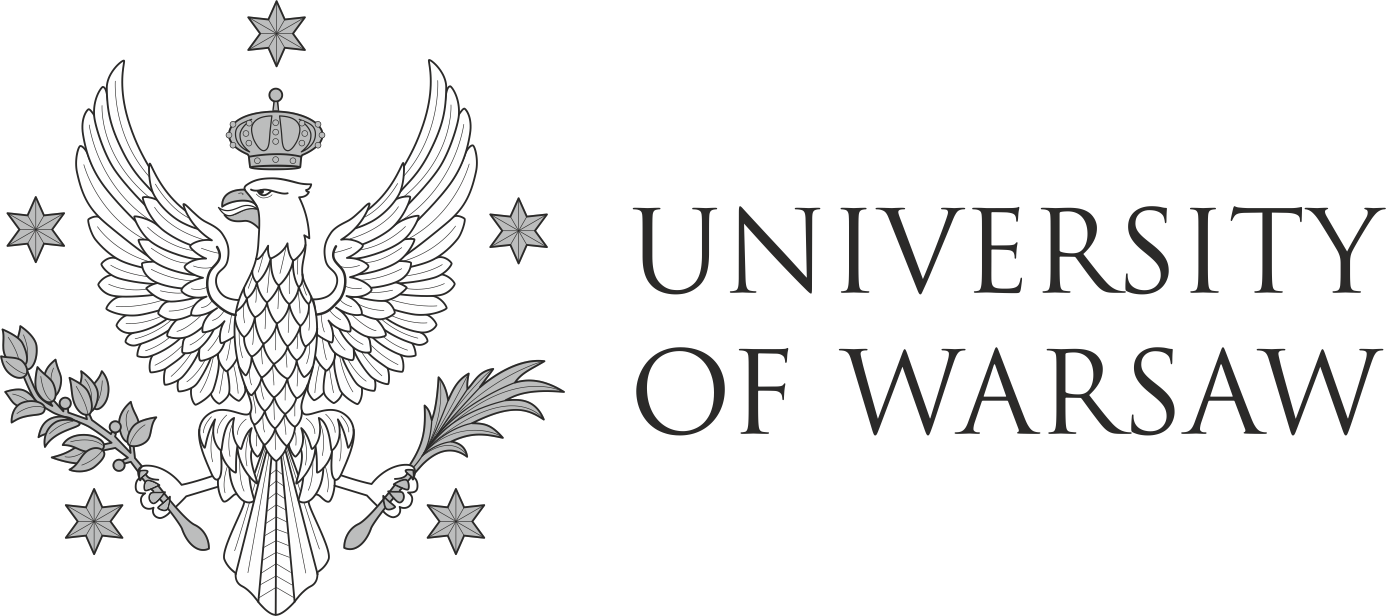Epigraphy & Identity in the Early Byzantine Middle East
A project in cross-lingual comparative epigraphy, exploring the reasons and impact of the choice of language in stone and mosaic inscriptions from late antique Syria, Phoenicia, Palestine, and Arabia. Funded by a Sonata 15 grant from the National Science Centre, Poland (UMO-2019/35/D/HS3/01872).
About the project
Late Antiquity, or the early Byzantine period, was a time of fast-paced social, religious, and political changes for the inhabitants of the Roman Middle East. This includes the transformation of Rome into the Christian state, the revival of Jewish and Samaritan religiosity in Palestine and in the diaspora, the beginning of the oppressive policy of the Roman state towards the Jews and Samaritans as well as Christian deemed ‘unorthodox’ by religious factions currently taking the upper hand, the incursions and settling of Arab tribes, the turmoil caused by the Persian invasions, and many others. Scholars attempted to answer the question about the correlation between these events, and the shaping of particular identities which intensified social and religious tensions, and eventually contributed to the fragmentation of the Eastern Roman Empire. Usually, this is done by referring to identity factors such as, for example, religion, politics, wealth, social structure, etc.
This project aims at exploring the role of linguistic distinctiveness of different communities, publicly manifested through their commemorative, monumental inscriptions. Monumental epigraphy, which in the early Byzantine period is largely represented by religious building inscriptions (on stone blocks and mosaics), could be an efficient way of public asserting linguistic distinctiveness for Aramaic-speaking Christians, Jews, and Samaritans, and could reciprocally impact the viewers. This is because in every culture monumental inscriptions are particularly prone to representing even the slightest ideological shifts, as they are per se designed to convey the message found worthy of promulgation at present, and passing down to the future generations. They are spectacular ‘banners’ of communities’ historical memory. They are the social ‘litmus paper’ which immediately reacts to the fluctuations of the cultural and political ambience. Therefore, if we expect to see that language choice did matter to the early Byzantines, it is first of all the monumental epigraphy where we should seek the answer.
Latest news
14.08.2024
A new paper by Pawel is published
10.05.2024
FNP START Scholarship for Martyna Świerk
10.04.2024
Pawel Nowakowski gives a paper at the Late Antique Seminar in Warsaw
10.04.2024
Martyna at the 8th Epigraphy.info Workshop in Berlin
7.01.2024
Pawel’s paper in Brill’s Kudos collection
16.12.2023
Our project welcomes a new postdoc: dr Martyna Świerk!
26.05.2023
Valentina Grasso on Miaphysitism in North-West Arabia
3.04.2023
Piotr Jutkiewicz gives a paper on the Syriac Harklean Gospel


